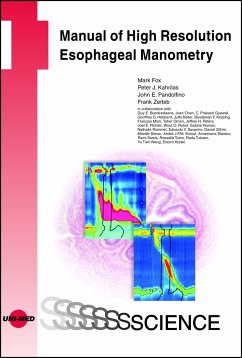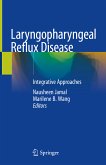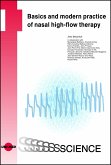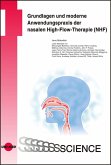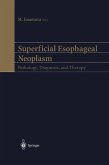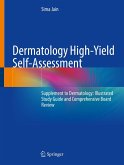There has been an explosion of interest in esophageal High Resolution Manometry (HRM). Today, less than 15 years after publication of the first paper describing this technology, there are now more than 1300 HRM systems in use worldwide. This manual is designed for use by physicians, surgeons and physiologists that use HRM for clinical measurement of esophageal function. Contents are divided into four sections including: - Practical instructions including step-by-step instructions for the acquisition and analysis of HRM - A primer on esophageal physiology and motility disorders - A practical guide to HRM technology and application in clinical practice - An atlas including step-by-step guide to the acquisition and analysis of HRM studies and more than 100 examples of clinical findings demonstrating the "range of normal and abnormal findings" observed during HRM studies The editors are grateful to all those members of the HRM Working Group that contributed to this manual to share their knowledge and experience gained from the first ten years of work with this exciting new technology.
Dieser Download kann aus rechtlichen Gründen nur mit Rechnungsadresse in A, B, BG, CY, CZ, D, DK, EW, E, FIN, F, GR, HR, H, IRL, I, LT, L, LR, M, NL, PL, P, R, S, SLO, SK ausgeliefert werden.

